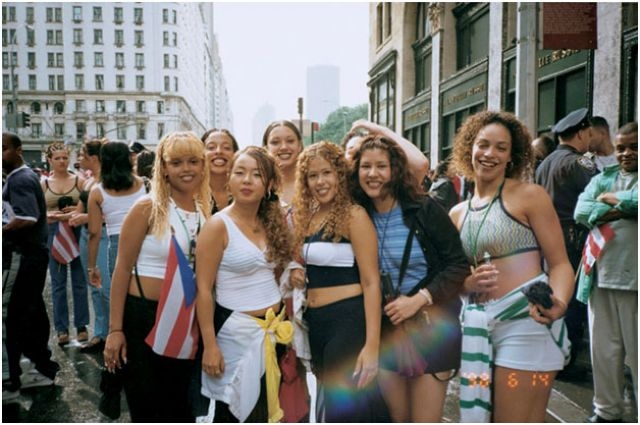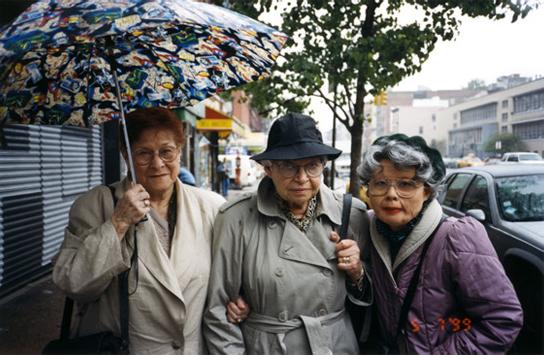Lee’s biographical information and background
Nikki S. Lee, initially named Lee Seung-Hee, was born in a small rural village of Kye-Chang in South Korea in 1970 (“Nikki S. Lee “). As a child, before a growing interest in photography, she dreamed of becoming a renowned actress. She earned her Bachelor’s Degree in Fine Arts at Chung-Ang University in South Korea in 1993 before earning a Master’s Degree in Photography at the New York University five years later (“Lee, Nikki S”). Her artistic journey began a year after she completed her master’s degree and held her first exhibition in New York.
First exhibitions and accomplishments as an artist
Lee had her first exhibition at the Leslie Tonkonow Artworks and Projects in 1999. Considered to be one of a kind, the unique nature of this exhibition placed her in the limelight. In Holland Cotter’s Art in Review; Nikki S. Lee, this exhibition is referred to as the trans-life style of art. It introduces a new form of art in which the artist becomes a character in front of the camera rather than the one behind it. The exhibition was comprised of photographs in which Lee immersed herself into one of the many cultures in New York by observing and assuming their behaviour, codes of dressing, states of mind and living among them for some time (Cotter). All the photographs in the exhibition were captured by either a friend or a passing stranger.
Inspirations and influences
Nikki Lee is best known for ‘The Hispanic Project’. In this project, she dressed, walked and lived like other people in the Hispanic community. In the first image, Lee had her photograph taken at the National Puerto Rican Day Parade in New York City in the company of other Hispanic ladies. The nonchalance of the people around them is a clear illustration of her ability to change her identity (Cotter).

In the second photograph, her picture is taken within the same Hispanic community. Her ability to fit into the Hispanic community makes it possible for her to appear relaxed in this photograph (“Nikki S. Lee”).

In ‘The Seniors Project’, Lee managed to transform herself to fit the image of an old woman by dressing like one and putting on a mask.

Lee’s working style
According to the Museum of Contemporary Photography, Nikki Lee immerses herself into the culture and the day to day lives of the people she seeks to identify with (“Lee, Nikki S.”). Once she has identified her interest group, Lee takes the time to learn their attitudes and values before approaching them. Her art is comprised of raw shots that are taken by untrained strangers, friends or members of the group she has joined. All the shots are taken using simple snapshot cameras.
Overarching concept and style of the artist’s work
Lee is known for her ability to transform and become part of any given identity. The overarching concept behind her work is the belief that ‘life is a performance (“The Hispanic Project #19 1998”). Through her art, Lee clearly illustrates that an alteration to the human appearance serves as the outward appearance of the human psyche. She has shown that people can overcome social and ethical boundaries to become whatever they want to be.
What the artist is doing now
Although there are no records of Nikki S. Lee’s current works, enthusiasts of her art are patiently waiting for her next project. Given her ability to convert herself into any character, the world is waiting to see what transformations Nikki Lee is ready to undergo for her next project.
Interesting story about Nikki S. Lee
During ‘The Seniors Project’, Nikki Lee asked her makeup artist to transform her into an elderly woman. With a mask on her face and glasses on her nose, Lee approached two elderly women on a park bench and introduced herself as a dressed-up artist. Thinking she was an ‘old crack head’, the two women gently humoured their new company without realizing that the woman in their midst was nearly half their age (Cotter).
Works Cited
Cotter, Holland. “Art in Review; Nikki S. Lee”. The New York Times. n.d. Web.
Lee, Nikki S. 2014. Web.
Nikki S. Lee. 2014. Web.
The Hispanic Project #19 1998. 2012. Web.